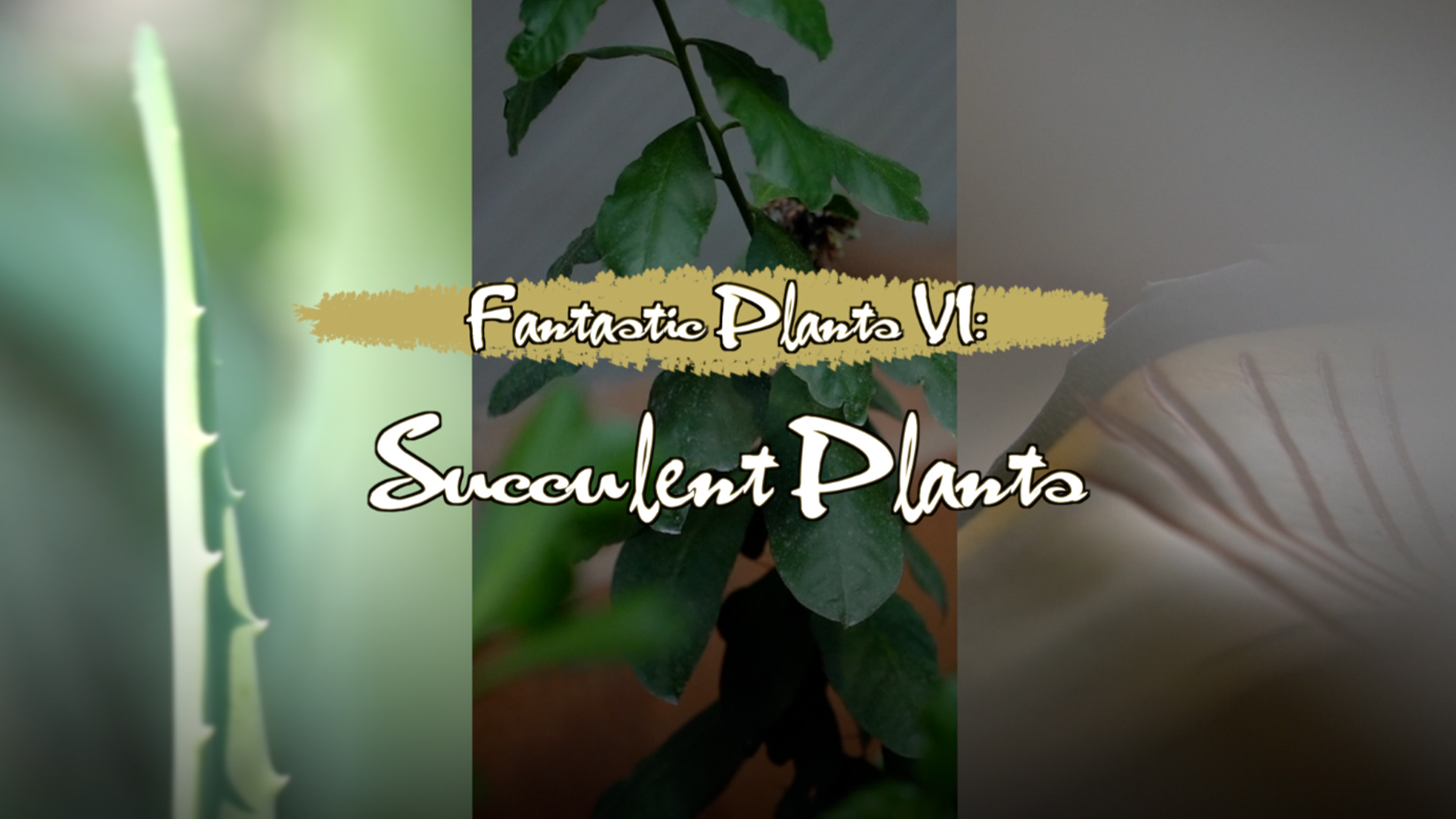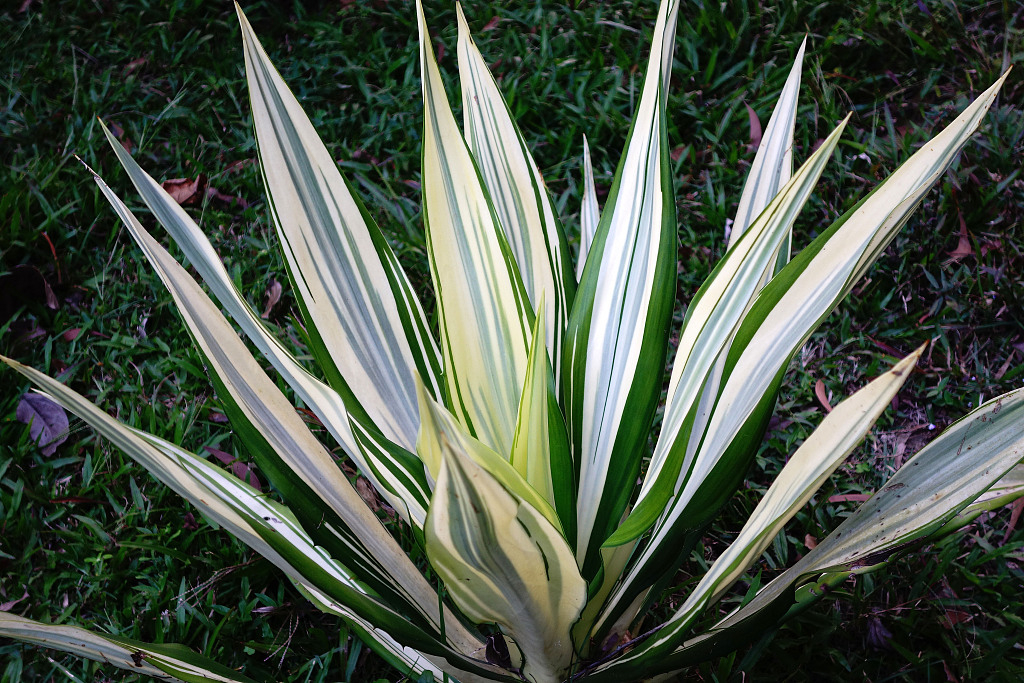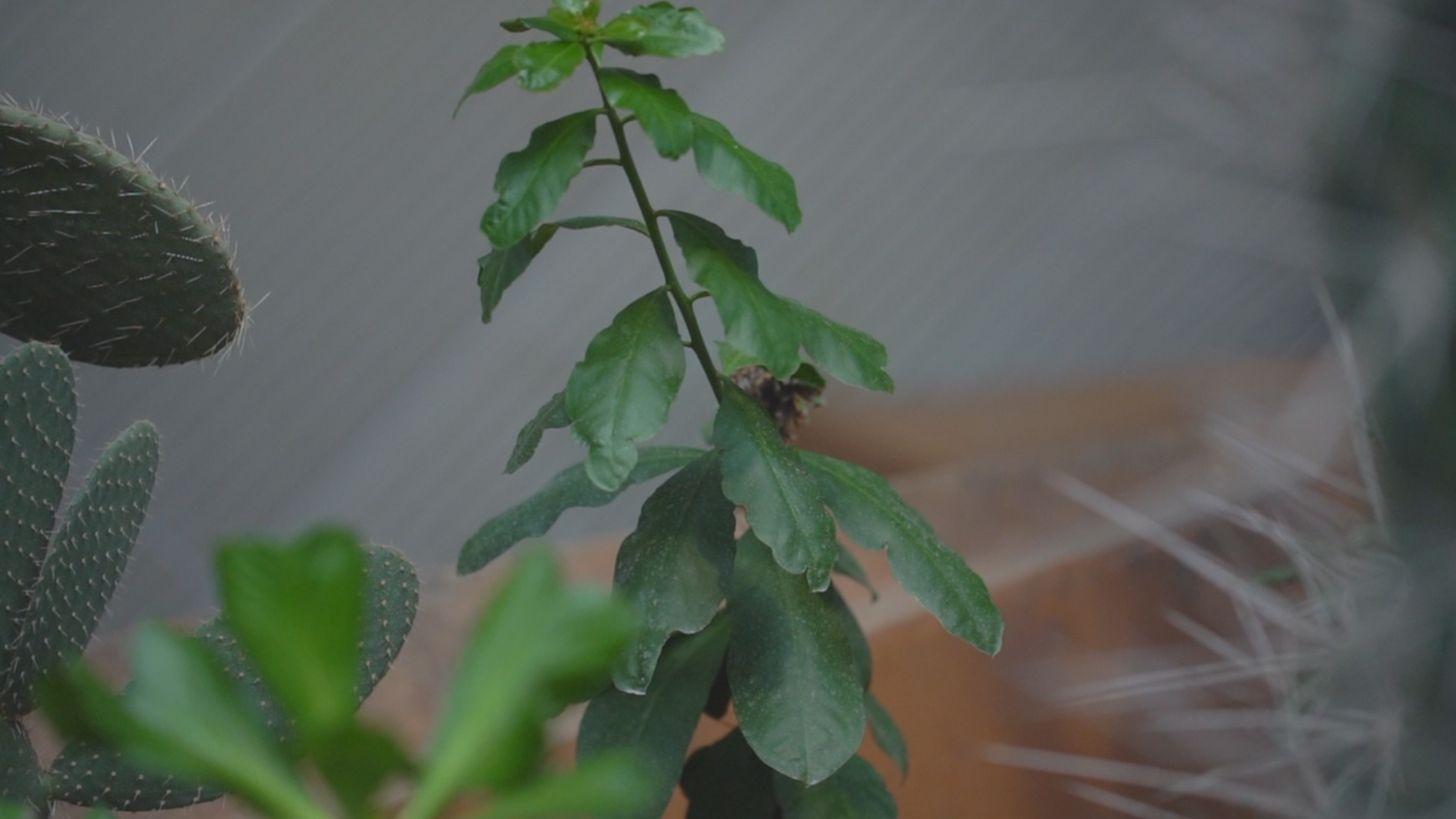02:51

In this episode of fantastic plants, CGTN looks at succulents, a type of plant that stores water in its roots, stems and leaves to stay hydrated even in areas with little rainfall.
Agave americana is a vibrant green plant with leaves that can grow up to two meters long. It's native to the American Southwest and Mexico and is one of more than 200 agave species that are used around the world as decorative plants.

Agave americana./ VCG Photo
Agave americana./ VCG Photo
It has several uses, but one of the most notable may be its role in making mezcal, an alcoholic drink made from the heart of the plant.
Although it's called the century plant, its average lifespan is about 10 to 30 years, and it can take just as long to flower. The flower stalk can tower as high as 20 feet. But unfortunately, it's also a death knell. Century plants only flower once in their lifetime and die soon after.
Ancient Egyptians called Aloe vera the "plant of immortality,”and if you've walked down a skincare or food aisle lately, you may agree that they may have been onto something. The plant is found in everything from lotions and ointments to yogurt.
The Aloe vera stores water in its leaves, which comprise three parts: the skin, gel and latex. The gel has been proven to reduce the number of days it takes for burns to heal. The juice is an effective alternative to mouthwash, thanks to its ability to reduce plaque. And if those weren't enough, it's full of amino acids, vitamins and minerals that will benefit anyone's diet.
Pereskia aculeata, or Barbados gooseberry, is found in the West Indies and parts of South and Central America. It's a leafy, climbing cactus that latches onto trees and eventually grows its way into the canopy or creates dense thickets, suffocating plant life before eventually replacing it.

Pereskia aculeata./CGTN Photo
Pereskia aculeata./CGTN Photo
However, the plant does have positive aspects. For one, it's edible. The shoots and leaves are high in protein, and the fruit is used to make jam. In Brazil, besides being eaten, the leaves are used for their anti-inflammatory properties. Nonetheless, its ability to spread rapidly and threaten indigenous plants has led to eradication efforts in many places like South Africa, where it is considered an invasive weed.